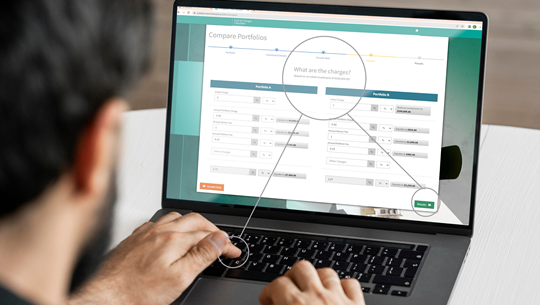The FCA has recently published the findings from its review of MiFID II costs and charges disclosure. The review covered 50 firms and found different interpretations of the rules.
Having selected 50 assorted MiFID II investment firms – D2C platforms, robo-advisers, DFMs and fund managers – the FCA looked at their understanding of the rules, where they might be falling short, how well costs and charges information is shared between groups and whether cost disclosure has improved the transparency of client communications. Given the timing of the review, the focus was on ex ante cost disclosure, but it would be surprising if a similar review of ex post disclosure doesn’t take place later.
The FCA found no lack of understanding of firms’ disclosure responsibilities, but interpretation of some of the rules was inconsistent, often when there was a lack of data from third parties. A number of firms also complained of inconsistencies between UCITS, PRIIPs and MiFID II disclosure and the FCA acknowledged that the interaction between these “is not seamless”.
The good
There were several examples of firms going above and beyond the requirements of the disclosure rules, which the FCA was happy to promote to others:
- Regular staff training on how the firm has implemented its costs and charges disclosure;
- Applying MiFID II disclosure standards to non-MiFID products for the sake of clarity and consistency;
- Good use of technology, such as sliders, pop-ups and hyperlinks to show the effects of costs over different investment amounts and/or timescales.
The not-so-good
Not surprisingly, the FCA found more areas of concern than examples of good practice:
- Some distributors only included their own costs, but not those for any underlying products or funds;
- The availability of detailed breakdowns of costs may need to be signposted better;
- There was inconsistency between groups that market themselves as “low cost” and their less prominent disclosure of higher aggregate costs;
- Some generic ex ante disclosure reports are not consistent with tailored point-of-sale disclosures;
- Not all firms have disclosed costs as monetary amounts, as required, as well as percentages;
- Generic illustrations don’t always use realistic investment amounts and/or timescales;
- A lack of transaction or incidental cost data from fund groups has been incorrectly interpreted as being able to show an estimate of zero, rather than “a reasonable and sufficiently accurate estimate”;
- Comparisons with industry average costs have used obsolete data, which may be misleading;
- Data quality for third party products may not be as good as for in-house products/services.
The good news is that some of these practices have improved since the early part of last year, but the FCA emphasises the need for data sharing between all parties in the cost disclosure chain, particularly in respect of transaction costs and incidental costs. Failure to make up any shortfalls in compliance with the rules is likely to lead to “more detailed investigations into specific firms, individuals or practices”.
For more information, please contact us.


